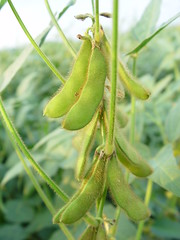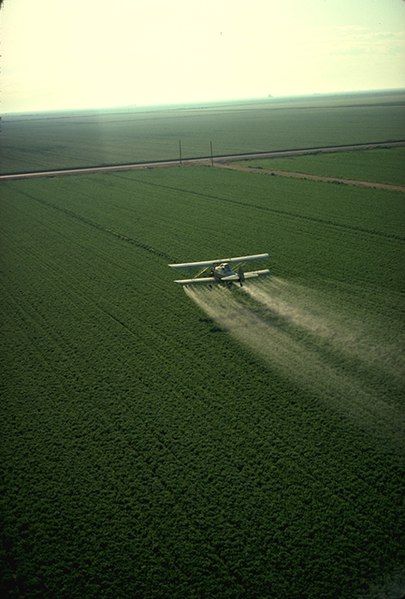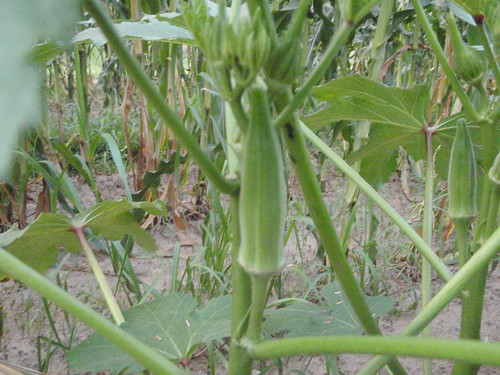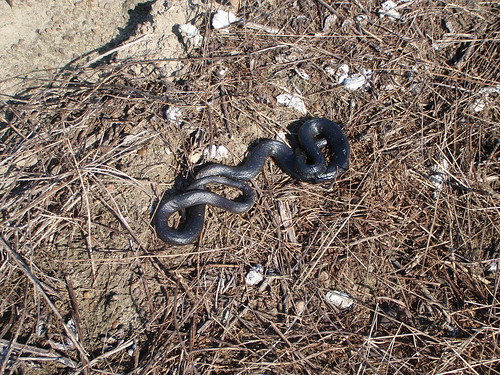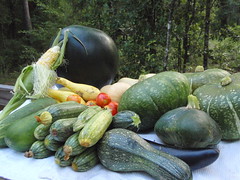 Forbes notes Monsanto has engineered a soybean with Omega-3 fatty acids:
Forbes notes Monsanto has engineered a soybean with Omega-3 fatty acids:
Monsanto needs crowd-pleasers like this to get past its image problems. In economic terms, the company is a winner. It has created many billions of dollars of value for the world with seeds genetically engineered to ward off insects or make a crop immune to herbicides: Witness the vast numbers of farmers who prefer its seeds to competing products, and the resulting $44 billion market value of the company. In its fiscal 2009 Monsanto sold $7.3 billion of seeds and seed genes, versus $4 billion for second-place DuPont ( DD – news – people ) and its Pioneer Hi-Bred unit. Monsanto, of St. Louis, netted $2.1 billion on revenue of $11.7 billion for fiscal 2009 (ended Aug. 31). Its sales have increased at an annualized 18% clip over five years; its annualized return on capital in the period has been 12%. Those accomplishments earn it the designation as FORBES’ Company of the Year.Why, sure, making lots of money is not just good thing, it’s the only thing! Certainly more valuable than any associated detriments. Detriments such as human birth defects studied in France, and Argentina, in addition to birth defects, diseases, and mass die-offs in amphibians, birds, and insects. Those detriments are just economic externalities.— The Planet Versus Monsanto, Robert Langreth and Matthew Herper, 12.31.09, 04:40 PM EST Forbes Magazine dated January 18, 2010
Hey, monoculture is a sign of success, according to Forbes: Continue reading
